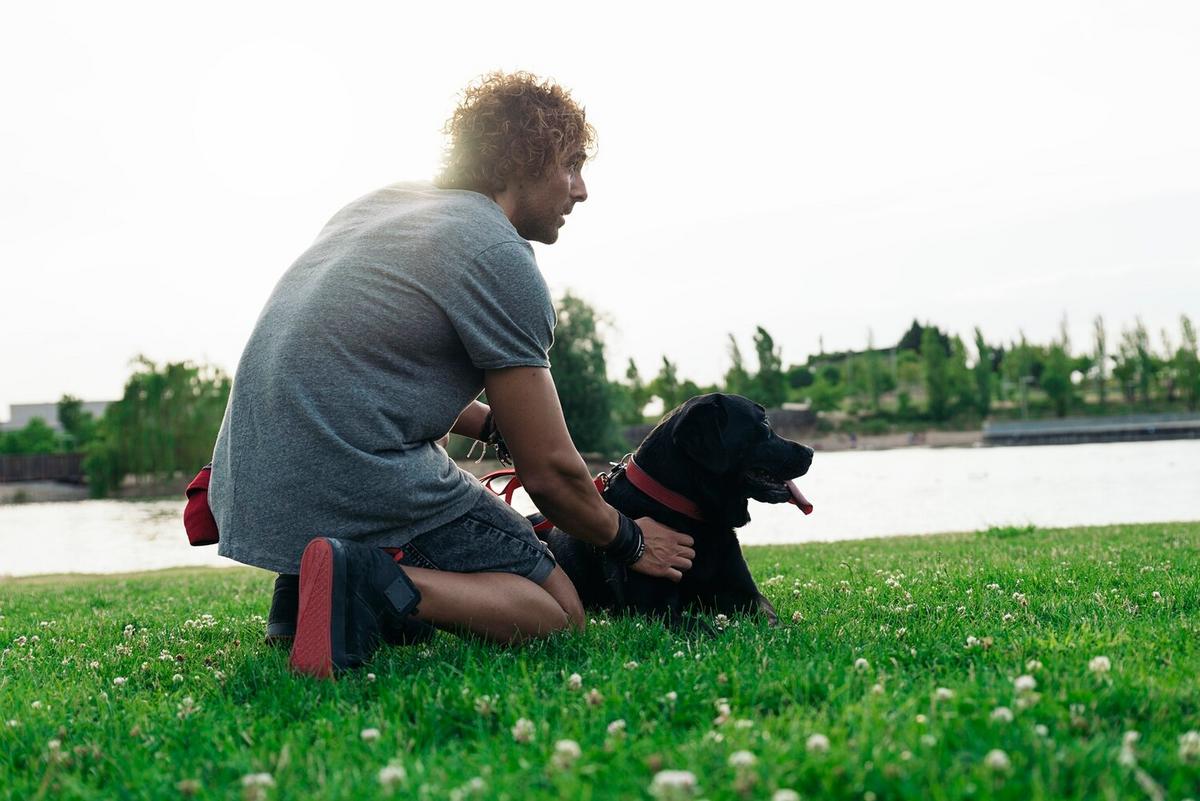Managing aggressive behavior in pets can be a daunting challenge for pet owners. Understanding the causes and implementing effective techniques is crucial in fostering a harmonious relationship between you and your furry friend.
Addressing aggressive behavior in pets requires a blend of understanding, patience, and the right approach. This article explores various strategies to help you tackle this issue effectively.
Understanding the Causes of Aggression
Aggression in pets can stem from several factors, including fear, territorial instincts, or even medical issues. Recognizing the root cause is the first step in resolving the behavior. According to Dr. Emily Weiss, a renowned animal behaviorist, ‘Identifying triggers and understanding the underlying issues are crucial in addressing aggression.’
Common Triggers
- Fear and anxiety
- Protective instincts
- Pain or discomfort
- Frustration
Techniques to Reduce Aggression
Positive Reinforcement
Encouraging good behavior through rewards is a powerful tool. Reward your pet with treats or praise when they remain calm in situations that previously triggered aggression.
Consistent Training
Regular training sessions can help mitigate aggressive tendencies. Use commands like ‘sit’ and ‘stay’ to instill discipline and control.
Desensitization
This involves gradually exposing your pet to the source of their aggression in a controlled manner, helping them become less sensitive over time.
Professional Help
If aggression persists, consulting a professional trainer or behaviorist can provide tailored strategies specific to your pet’s needs.
Pro Tip: Always ensure your pet is in good health by scheduling regular veterinary check-ups. Sometimes, aggression is a sign of underlying health issues.
Case Study: Oliver’s Journey
Consider the case of Oliver, a rescue dog who exhibited fierce territorial aggression. Through a combination of positive reinforcement and desensitization, his owner, Mark, successfully reduced Oliver’s aggressive behavior, transforming him into a friendly companion.
Resources and Support
For more information, websites like PetMD and ASPCA offer valuable insights and resources on pet behavior.
| Technique | Benefits |
|---|---|
| Positive Reinforcement | Encourages good behavior |
| Consistent Training | Instills discipline |
| Desensitization | Reduces sensitivity |
| Professional Help | Provides expert guidance |
| Regular Exercise | Relieves stress |
| Mental Stimulation | Prevents boredom |
| Socialization | Improves interaction |
| Veterinary Check-ups | Ensures health |
FAQ
How can I tell if my pet’s aggression is due to fear?
Look for signs such as cowering, tucking their tail, or trying to avoid the situation.
What if my pet’s aggression worsens?
Seek professional help to address the behavior effectively and safely.
Conclusion
Reducing aggressive behavior in pets is a journey that requires time and dedication. By understanding the causes and applying the right techniques, you can foster a peaceful and loving environment for both you and your pet. Remember, consistency and patience are key to success in pet training.




Leave a Reply